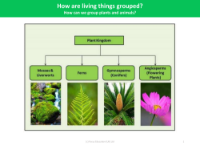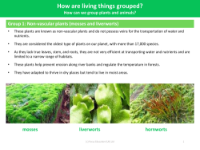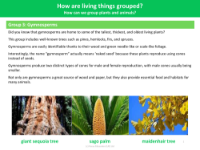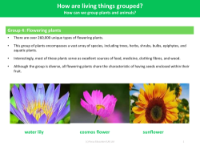Group 2: Vascular Plants (Ferns) - Grouping Living Things - Year 4
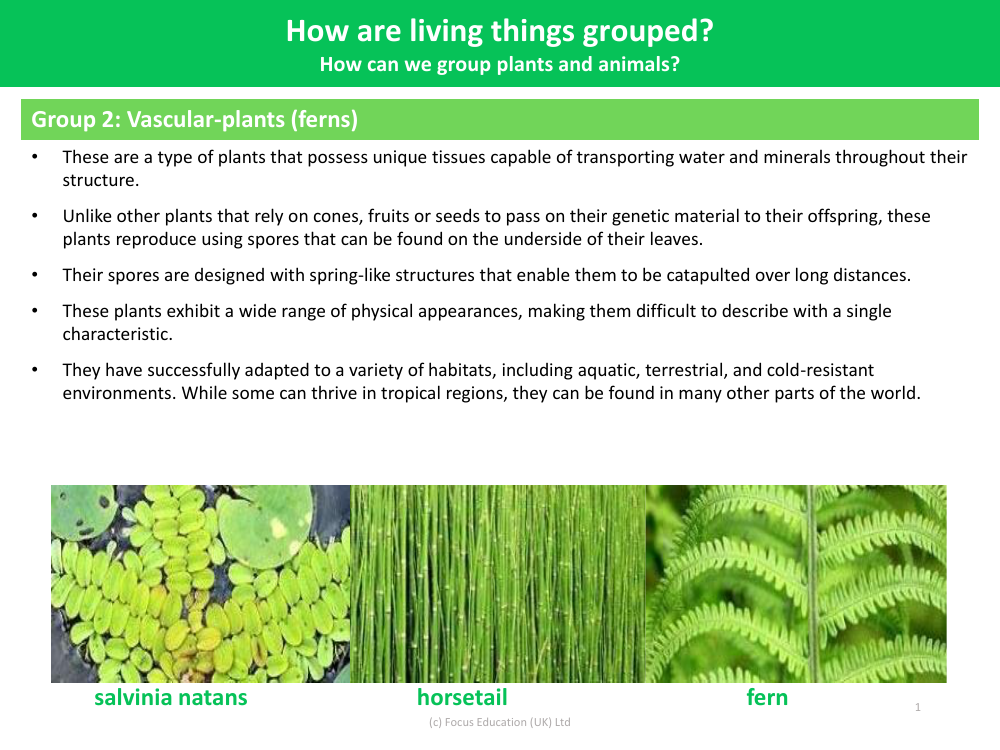
Science Resource Description
Group 2 of vascular plants, specifically ferns, encompasses a fascinating category of plant life with unique biological features. Vascular plants are equipped with specialized tissues that efficiently transport water and essential minerals throughout their structures, ensuring their growth and survival. Ferns, a prominent member of this group, distinguish themselves from other plant species through their reproductive process. Instead of utilising cones, fruits, or seeds, ferns propagate through the release of spores. These spores are typically located on the underside of the fern's leaves and are equipped with spring-like mechanisms that allow them to be dispersed over considerable distances, aiding in the spread of the species.
Ferns are noted for their diverse range of appearances, which means they cannot be easily defined by a single characteristic. This diversity is a testament to their incredible adaptability, as they have evolved to inhabit a multitude of environments. Some ferns are aquatic, others flourish on land, and there are varieties that have developed resistance to cold climates. While many ferns are synonymous with tropical areas, their versatility allows them to exist in numerous other regions across the globe. This adaptability and the unique way they reproduce make ferns an interesting subject when studying the grouping of living things, particularly in the context of plant classification.


